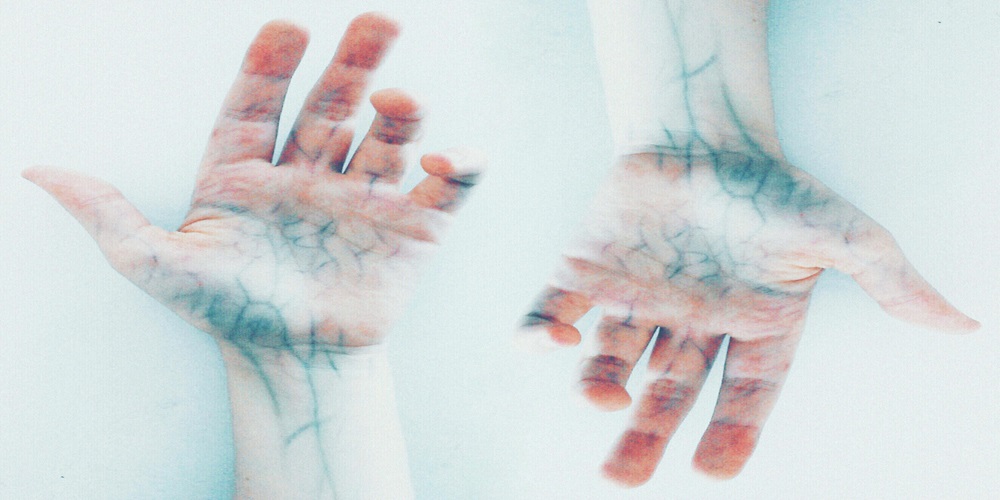Varicose veins can cramp your style with painful bulges and knots marring your legs. They afflict millions who seek relief. The cause may be genetics, pregnancy, weight, or poor circulation. Take back control with these 7 practical, at-home tips that complement medical treatments.

1. Exercise Regularly
Consistency with less activity helps. It avoids more varicose veins. Exercise strengthens muscle tone and assists vein valves and overall circulation. This reduces blood pooling that strains vessels. Aim for 30 minutes daily of walking, swimming, cycling or yoga.
2. Watch Your Weight
Excess weight adds extra pressure onto the leg venous system. This increases varicose vein risk. Develop healthier eating patterns that focus on anti-inflammatory whole foods. Increase activity to shed pounds in a balanced, sustainable way. Losing 10-15 pounds makes a big difference. It reduces vein protrusion.
3. Have a Skin Care Routine
Creams containing horse chestnut seed extract, retinol, vitamin C, or caffeine improve visible veins when applied topically and used long-term. These ingredients reduce vein appearance and swelling. Following a complete skincare routine also optimizes leg hydration and circulation. For persistent varicose veins, consult about highest-rated skincare items, injections or procedures to end troubled surface vessels. Combining clinical treatments with lifestyle changes best prevents recurrence.
4. Increase Circulation
Boosting blood flow eases pressure in veins. This limits inflammation and bulging. Use upward leg strokes to move fluid toward your heart. Apply warm compresses to legs for 10 minutes to relax vessels. Soak lower legs in baths to reduce fluid. Moving feet and ankles activates the muscle pump effect for fluid return.
5. Avoid Tight Clothing
Constricting waist, thigh and calf clothing slows blood and lymph flow. This taxes veins further. Choose loose, breathable fabrics that allow a freer range of motion. Upgrade any compressive undergarments and hosiery, too. Avoid crossing your legs for long periods, which kinks veins.
6. Elevate Your Legs
Raising the legs while sitting and sleeping increases blood flow. It uses gravity to move blood back to the heart for better circulation. This eases vein pressure. It also reduces fluid around ankles. Such fluid harms veins long-term. Use cushions and pillows to prop up your legs properly.
7. Use Supportive Footwear
Good shoes have arch support and cushioning. They reduce strain on leg veins. Mid-height boots, athletic shoes and clogs with orthotic insoles rate well. Compression socks add pressure to discourage blood pooling in veins.
Conclusion
Caring for your whole body through better habits curbs varicose veins triggers within your control. Seeking supplemental medical care further resolves remaining veins for optimal leg health and confidence. Effective at-home care and clinical treatments combat varicose veins through internal support and external skin renewal from all sides.

